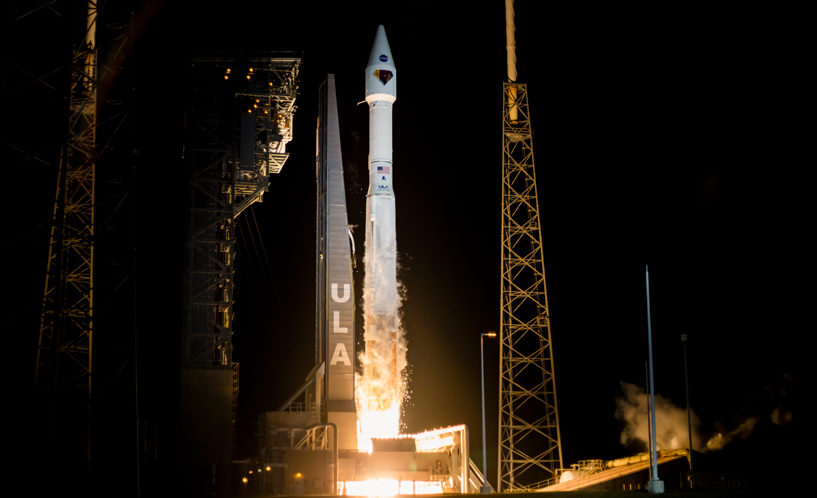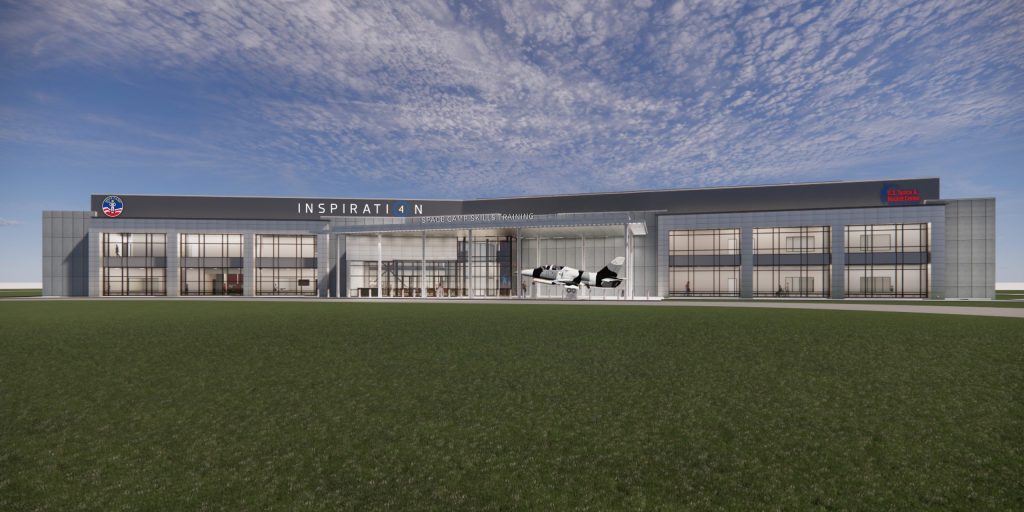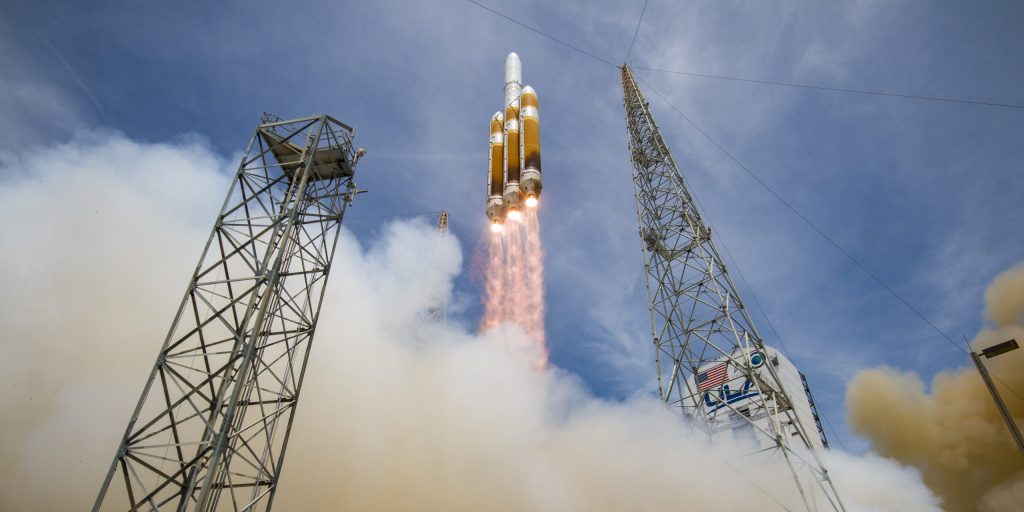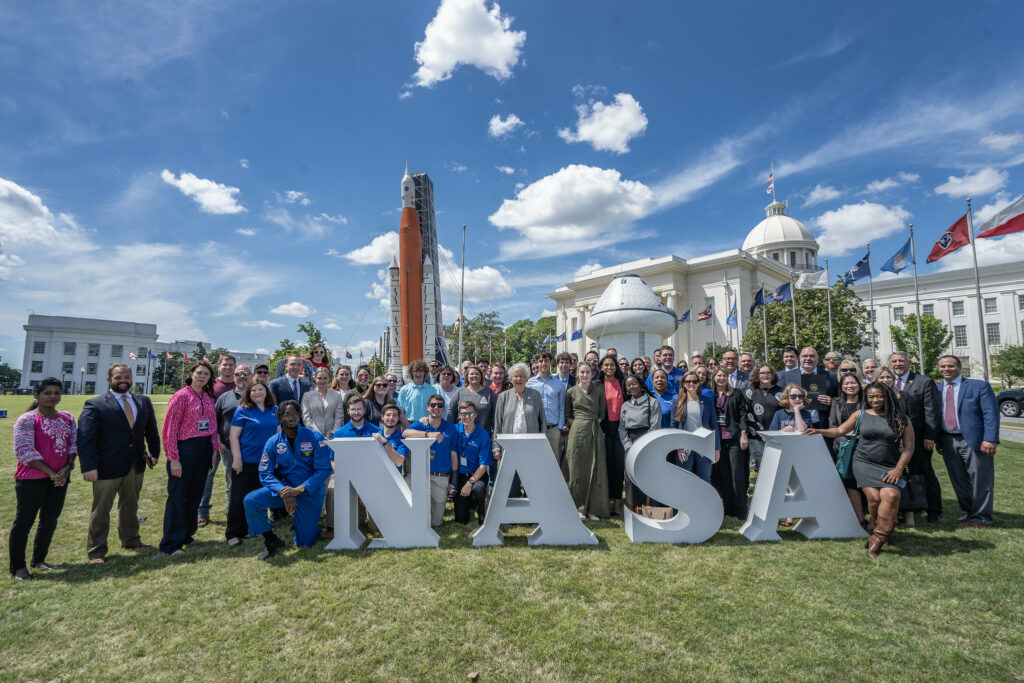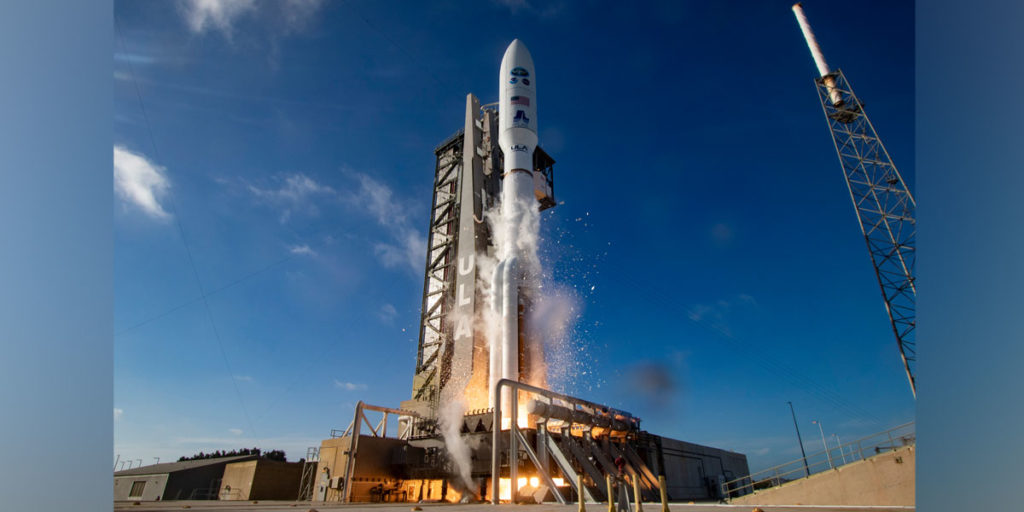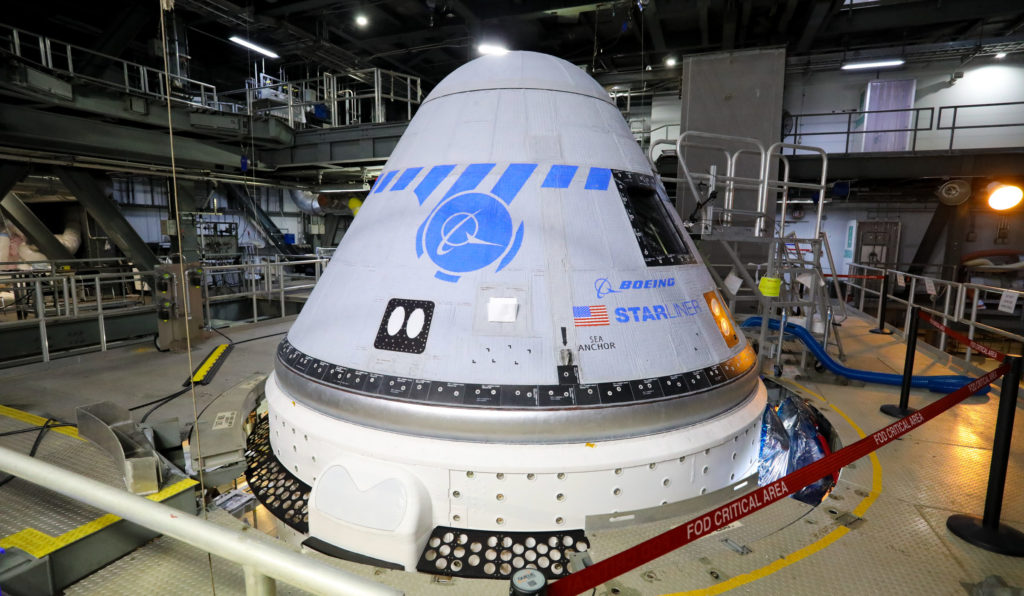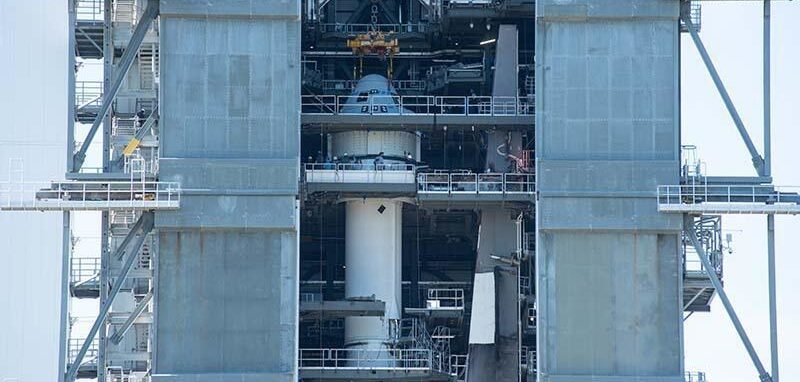An Alabama-built United Launch Alliance (ULA) Atlas V rocket carrying the Lucy mission for NASA lifted off from Cape Canaveral Space Force Station.
Lucy will spend the next 12 years flying by one main-belt asteroid and seven Trojan asteroids, making it NASA’s first single spacecraft mission in history to explore so many different asteroids.
Gary Wentz, vice president of Government and Commercial Programs, offered his perspective on being part of this historic mission.
“We are honored to partner with NASA to launch this one-of-a-kind mission and are proud to add the Lucy mission to the Trojan Asteroids to our list of exploration launch successes,” Wentz said. “We are very proud to launch this spacecraft on its historic 12-year journey to eight different asteroids, and thank our mission partners for their teamwork.”
ULA has launched 146 times with 100% mission success.
In a statement from his agency, NASA Administrator Bill Nelson reflected on the significance of the Lucy mission for America’s continued exploration of space.
“Lucy embodies NASA’s enduring quest to push out into the cosmos for the sake of exploration and science, to better understand the universe and our place within it,” Nelson said. “I can’t wait to see what mysteries the mission uncovers!”
NASA’s Discovery Program is managed by Marshall Space Flight Center in Huntsville.
Named for the fossilized skeleton of one of our earliest known hominin ancestors, the Lucy mission will allow scientists to explore two swarms of Trojan asteroids that share an orbit around the sun with Jupiter. Scientific evidence indicates that Trojan asteroids are remnants of the material that formed giant planets. Studying them can reveal previously unknown information about their formation and our solar system’s evolution in the same way the fossilized skeleton of Lucy revolutionized our understanding of human evolution.
The Atlas V delivered the Lucy spacecraft into an interplanetary trajectory. The mission launched on an Atlas V 401 configuration rocket that included a 14-ft (4-m) large payload fairing (LPF). The Atlas booster was powered by the RD AMROSS RD-180 engine. Aerojet Rocketdyne provided the RL10C-1 engine for the Centaur upper stage.




